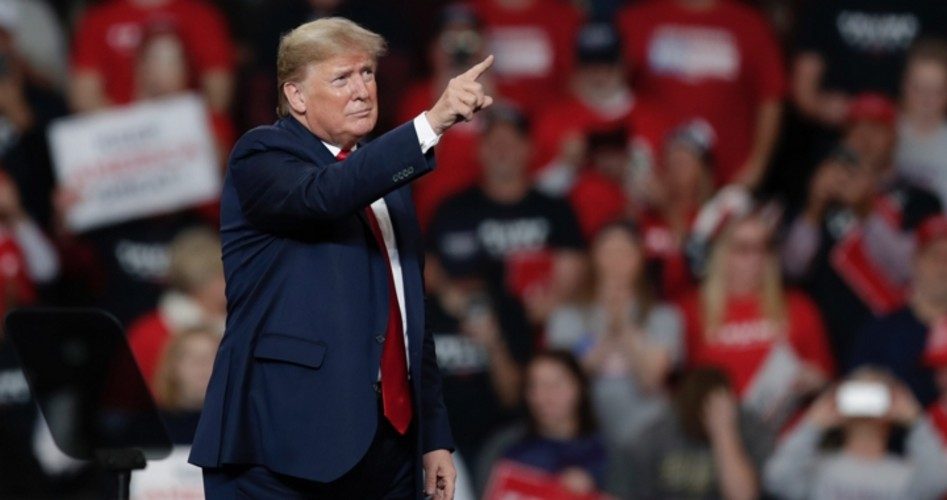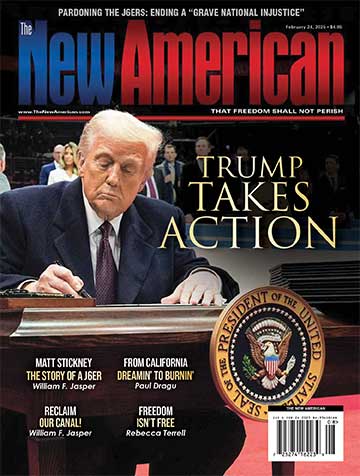
Podcast: Play in new window | Download ()
Subscribe: Android | RSS | More
The 90-minute Trump campaign rally held in Toledo, Ohio, on January 9 continued a trend that had held firmly in recent months — 42.8 percent of the 22,927 people attending the event were either a Democrat or an Independent. Broken down, 21.9 percent were Democrats and 20.9 percent of attendees identified as Independents.
These figures continue a trend stretching back to last October 17, when 21.4 percent at a Trump rally in Dallas were Democrats, with 11 percent being Latino. Twenty-seven percent of those attending a Trump rally in Tupelo, Mississippi, on November 1 were Democrats, with 20 percent being black. At a November 26 Trump rally in Broward, Florida, 24 percent of attendees were Democrats, with 27 percent being Hispanic.
More recently, several thousand Michigan Democrats attended Trump’s rally in Battle Creek, making up 17 percent of those present.
That this trend has continued in Ohio is especially significant because the state has voted for the winner in every presidential election since 1964.
These meticulous statistics are being compiled by Trump’s campaign manager, Brad Parscale, and often are reported by Elizabeth Vaughn, a writer for RedState, a conservative political blog.
What makes Parscale’s data collection and compilation important is that it is a key component in his campaign-management strategy. He has shown himself to be a veritable whiz at using statistics about voters to direct campaign resources to where they are needed to win elections.
Parscale served as the digital media director for Trump’s 2016 presidential campaign and his great success in that position led to his being named as campaign manager for the 2020 campaign. A report in CNN in 2018 observed:
Even Parscale’s title in 2016 as the campaign’s digital director undersold his influence within the organization and his impact on Trump’s stunning electoral victory.
Officially hired in June 2016, Parscale helmed the Trump campaign’s data analytics team. That operation came to dictate nearly every move the campaign made in the final months to Election Day, from Trump’s travel schedule to the campaign’s allocation of human and financial resources in key battleground states.
“Brad had a pretty complex understanding of how to look at numbers and data in real time and then be able to allocate resources based on what he was seeing real time,” CNN quoted a former senior Trump campaign official.
The report noted that during the final weeks of the 2016 campaign, Parscale was responsible for moving resources into states such as Michigan and Wisconsin that were expected to be carried by the Democrats, but ended up proving crucial to Trump’s upset victory.
“I was, like, ‘we can go in and get this,’ and I changed all the budgets around,” Parscale told CBS’s 60 Minutes back in 2017. “I took every nickel and dime I could out of anywhere else. And I moved it to Michigan and Wisconsin. And I started buying advertising, digital, TV.”
This is why Parscale’s attention to detail regarding the makeup of attendees at Trump rallies is so important. Like a master chess player, he uses that information to move all of his pieces on the political chessboard where they will help checkmate Trump’s opponent.
Photo: AP Images
Warren Mass has served The New American since its launch in 1985 in several capacities, including marketing, editing, and writing. Since retiring from the staff several years ago, he has been a regular contributor to the magazine. Warren writes from Texas and can be reached at [email protected].



